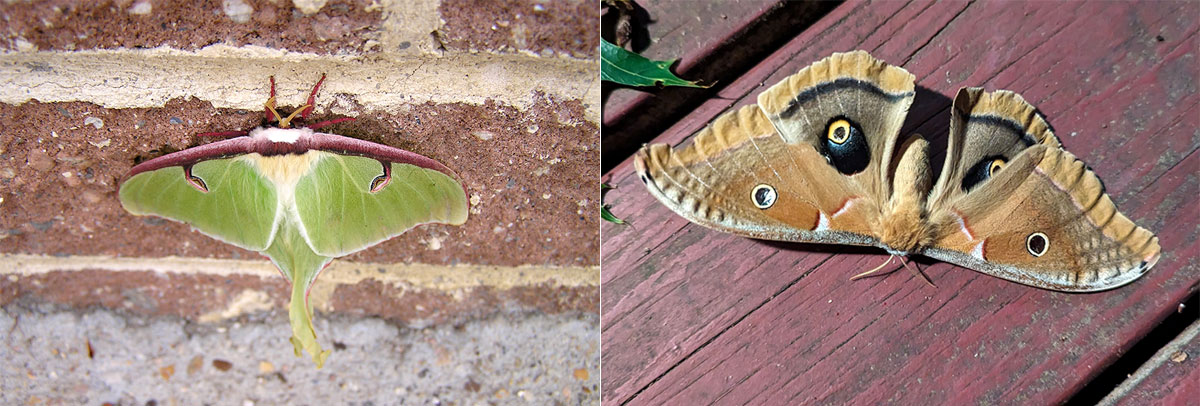
Alert:


National Pollinator Month is celebrated in June. National Pollinator Month began as National Pollinator Week in 2007, as declared by the U.S. Senate. Later, the celebrations were expanded to the whole month. Pollinator Month encourages people to protect pollinators by providing them with the right environment for plant pollination and avoiding the use of pesticides. By protecting pollinators, we can ensure the steady production of food resources. Over the centuries, specific pollinators have developed a special relationship with the plants they pollinate.
June 16 - 22, 2025 is National Pollinator Week — a chance to learn about the importance of pollinators.
The Park Authority’s work with and for pollinators includes the preservation, management and restoration of natural habitat as well as the monitoring of wildlife that use the habitat.
Parks have diverse habitats that benefit pollinators, including about 18,000 acres of forest habitat.
Learn more from our blog on the topic.

July 19-27, 2025
Join a global citizen science project that shines a spotlight on one of nature’s most overlooked pollinators—moths! These nighttime wonders are vital to our ecosystems. Not only do they pollinate plants, but they also serve as a critical food source for birds, bats and other wildlife. With more than 160,000 species worldwide, moths come in all shapes, sizes, and stunning colors.
Why Moths Matter:
Whether you're a seasoned naturalist or just curious, anyone can participate. Simply turn on a light, observe, photograph and report your sightings!

Get the whole family involved in the importance of pollination with these hands-on activities. After you read up on the effects of pollination and how people can help, you can teach your kids about it through the power of crafts. These projects are fun, engaging and educational for kids.
For one easy and convenient project, all you need are brown paper bags, different colored sheets of construction paper, glue and the kids’ favorite type of dusty, crunchy, orange snack. First, supervise the kids as they cut out flowers from the construction paper, and then have them glue the flowers to the brown paper bag. Once finished, fill the bag with those crunchy corn snacks, and as the kids munch, orange dust will stick to their fingers like pollen to a bee. This provides a visual lesson to show how pollination works. Plus, it’s the perfect activity to complete inside when the summer afternoons get too hot!
Another project to complete with the family is to create a pollinator garden, which can also be done inside with rich, well-drained soil in containers, or you can make one outside. Weather permitting and space provided, this is a great way to spend a day in the sunshine and fresh air. The best way to attract bees, butterflies and other pollinators to your garden is to grow native flowering plants. Plant in the sun since adult butterflies generally feed only in the sun and plant in groups to attract more pollinators. There are several native plants to Virginia to choose from when deciding what to grow with your little ones. Some that are great for pollinators include wild bergamot, New England asters, butterfly weed, purple coneflower and many more.
Yet another way to enjoy pollinator week is to lace up your walking shoes and visit one of our numerous pollinator demonstration sites, including Ellanor C. Lawrence Park, Green Spring Gardens, Hidden Oaks Nature Center, Huntley Meadows Park and more. A fun way to appreciate the visit is to encourage your little ones to be on the lookout for what kinds of pollinators are drawn to specific flowering plants. There’s even a handy activity sheet they can fill out as they explore.
Download Children's Garden Activity Sheet
There are many ways to bring awareness to the necessary process of pollination, and there are just as many ways to enjoy yourselves while learning.
Our local plants and animals evolved together, so native plants are usually essential for hosting the egglaying and larval stages critical to the life cycle of butterflies and moths. The flowers of native plants provide an abundance of pollen and nectar for adult butterflies, moths, bees and other insects. Nectar provides carbohydrates for energy and water, and pollen provides protein and other nutrients.
Beauty in our gardens depends on pollinators. The population of one of those pollinators, the monarch butterfly, is declining. There are efforts under way to reverse that decline, and you can help.
Learn more and check out our blogs on the topic.
Pollination is a vital part of most ecosystems and a necessary process for many farming operations. Daytime pollinators have been studied for years and have been found to be in danger from the effects of habitat fragmentation, climate change and pesticide use.
Where do nocturnal pollinators fit in?
Hummingbirds are often described as the jewels of the avian world – brilliantly colored balls of energy that dart through summer sunshine leaving trails of pollen and magic in their wake. The collective nouns for hummingbirds include 'glittering', 'shimmer' and 'bouquet' – all aptly descriptive of the wonder of these tiny creatures that migrate for thousands of miles and fill our summers with joy. Revered by many Native American cultures as a messenger of the gods or a harbinger of good luck, it is easy to understand the deep affection that people feel toward these tiny creatures that appear so vulnerable and yet are feisty and resilient.
